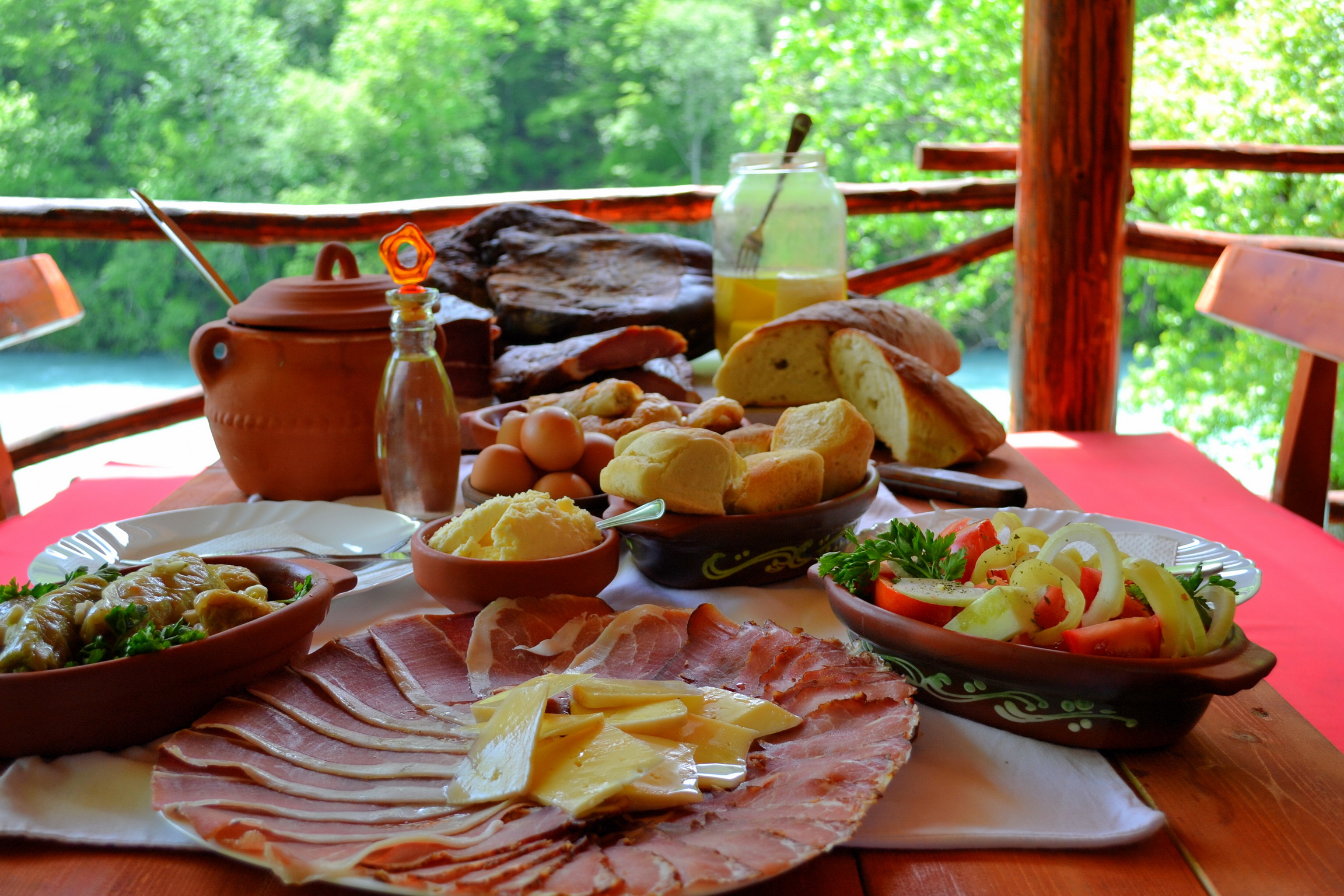Why Foča? Because it allows you to spend a perfect holiday in a pristine natural environment, enjoy an unbeatable feeling of adventure and a rush of adrenaline, revel in a wide variety of national culinary delicacies in a friendly atmosphere, attend different types of events offering unique experiences, visit attractions, and explore 17 rivers and small streams.
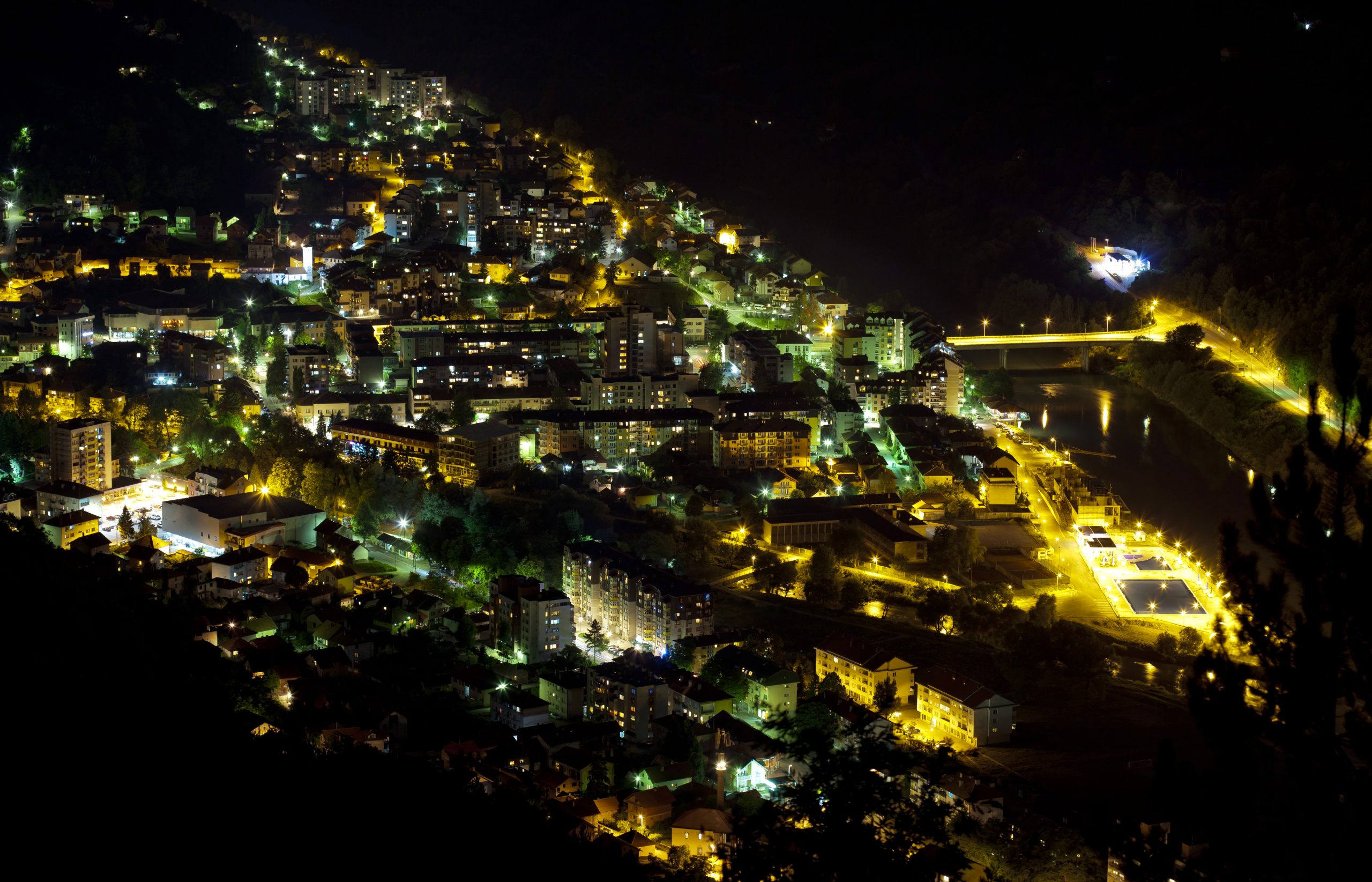
Sutjeska National Park is the oldest and largest national park in Bosnia and Herzegovina. Thanks to its outstanding natural values and their preservation, and beautiful scenery, since 2000 Sutjeska National Park has been listed in Category II of IUCN (UN department for conservation of nature and natural wealth). Covering a wide mountainous area of Bosnia and Herzegovina and straddling the border with Montenegro, it is surrounded by the Piva and Drina rivers and the source stream of the Neretva River, and the mountain massifs of Bioč, Vučevo, Maglić, Volujak, Lebršnik, and Zelengora. The park hides seven magnificent glacial lakes within its plateaus and valleys. Owing to their stunning beauty, they are known as “mountain eyes”: Orlovačko Lake (1,500 m), Štirinsko Lake (1,677 m), Kotlaničko Lake (1,514 m), Donje Bare Lake (1,500 m), Gornje Bare Lake (1,550 m), Black Lake (1,450 m), and White Lake (1,417 m).

This unique geomorphological phenomenon took many years to evolve. It was formed by soil erosion and the joint influence of aggressive frost, summer heat, rain and strong winds. Interestingly enough, the process of erosion continues today, and, contrary to expectations, the columns do not disappear but grow. In size and composition, they resemble the pyamids in Colorado, the United States, the Dolomites, Italy, or Đavolja Varoš, Serbia.
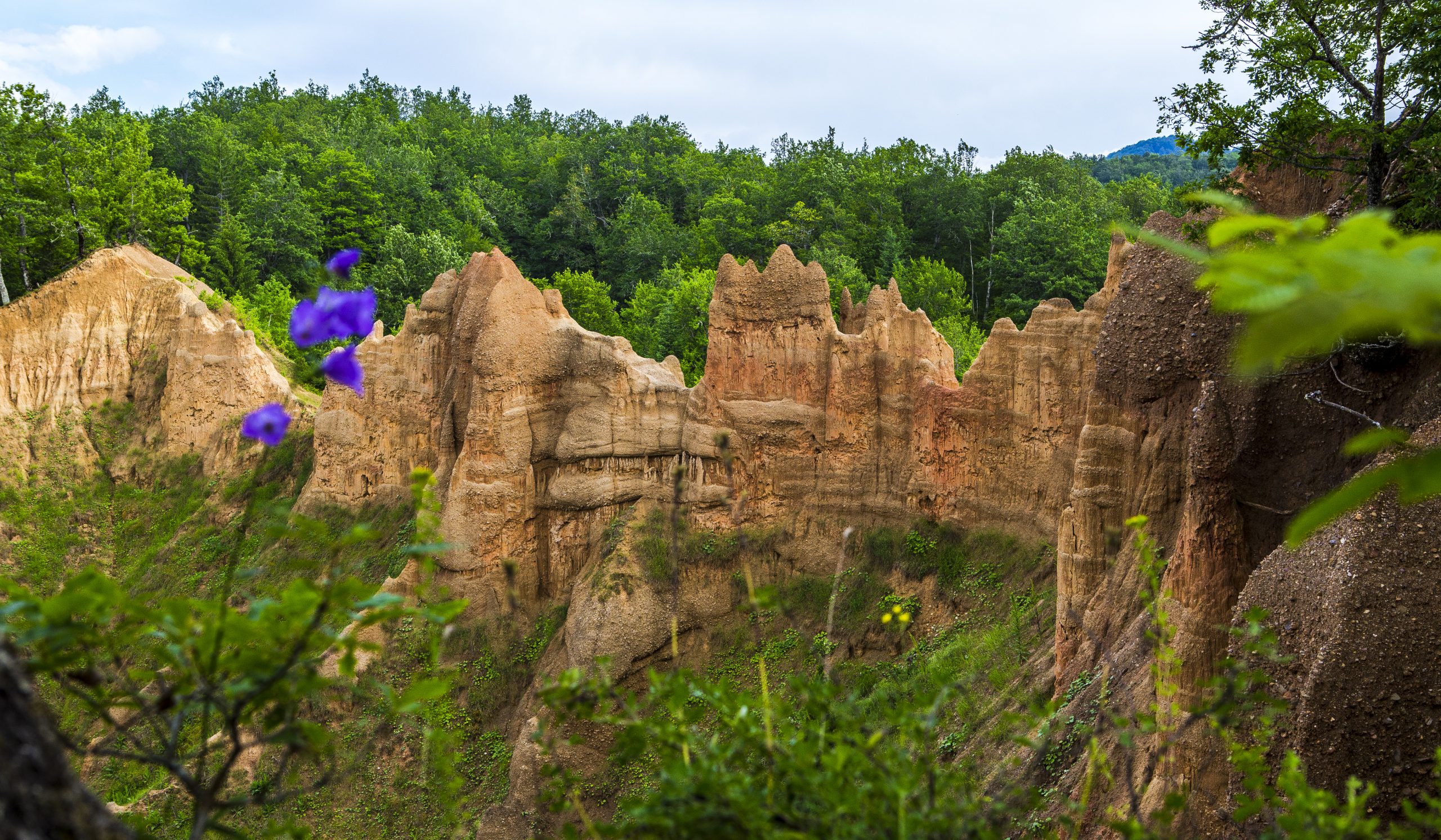
The Clock Tower, which is the most visible structure in Foča, seems to be telling people that “It’s time for Foča”. The oldest records about the existence of a clock tower in Bosnia and Herzegovina relate to this one. It was built back in 1758 at the behest of Mehmed Pasha Kukavica, as his endowment. The clock mechanism was donated to Foča by the Dubrovnik Republic. The clock tower was built of stone in the form of a square prism. It is 20 meters high and covered with a tent roof. Once you are there, do not miss the chance to visit the Old Herzegovina Museum too!
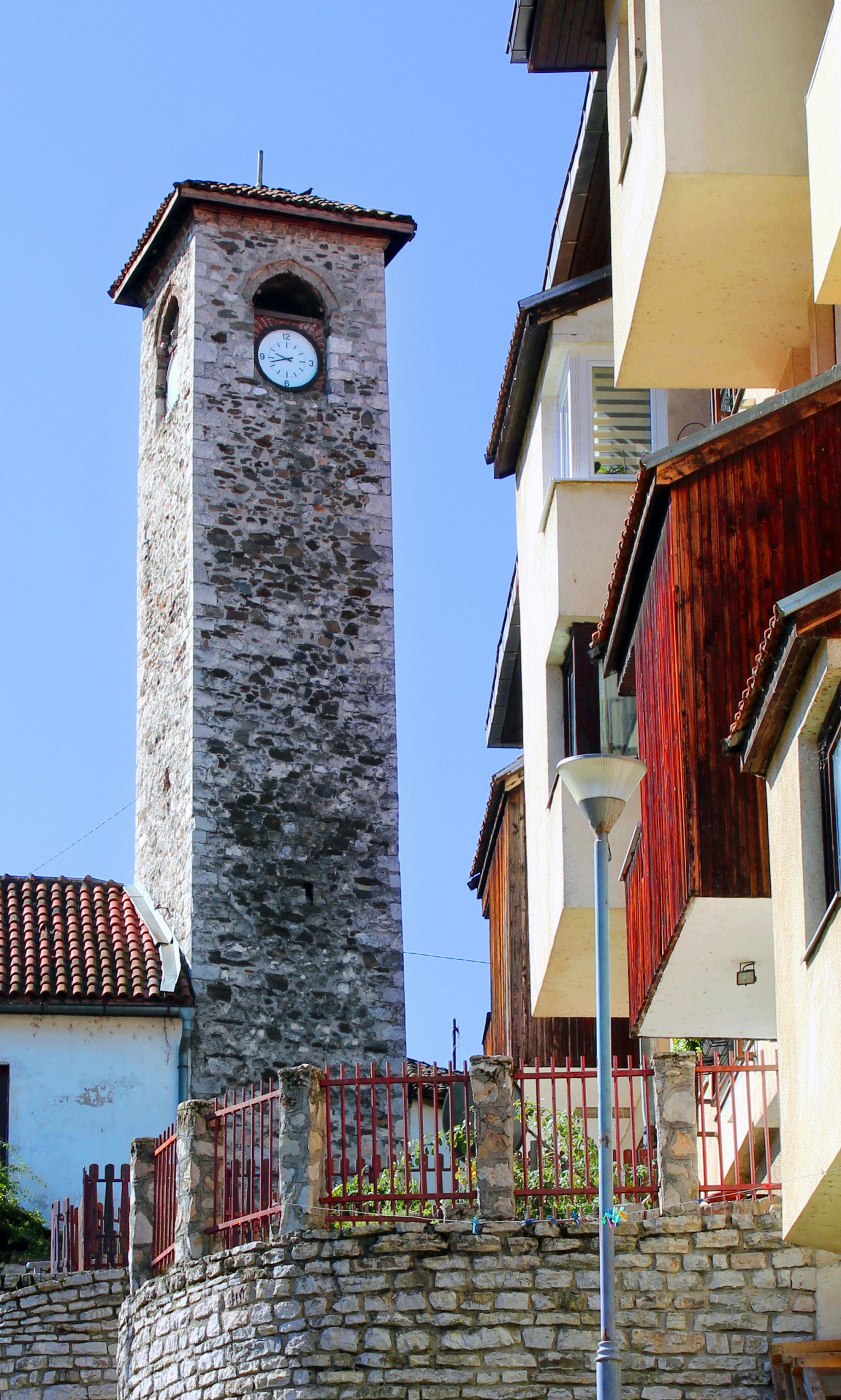
On the waves of the Tara River, one of Europe’s loveliest rivers boasting a canyon stretching over 80 m, with a depth of 1,300 m, which makes it the world’s second largest canyon after the Colorado Canyon, thrill seekers will enjoy an unforgettable white water rafting experience. The river’s waters are extremely clean, and it is the largest European drinking water natural reserve. That is why it is known as the “Tear of Europe”. The most attractive section of the Tara River rafting trip is the 15-kilometre section from Brštanovica to Šćepan Polje. Camp owners organise adrenaline-fuelled rafting tours for their guests affording them surreal views of the gorgeous scenery along the Tara Canyon and unique natural features of the deepest canyon of the old continent.
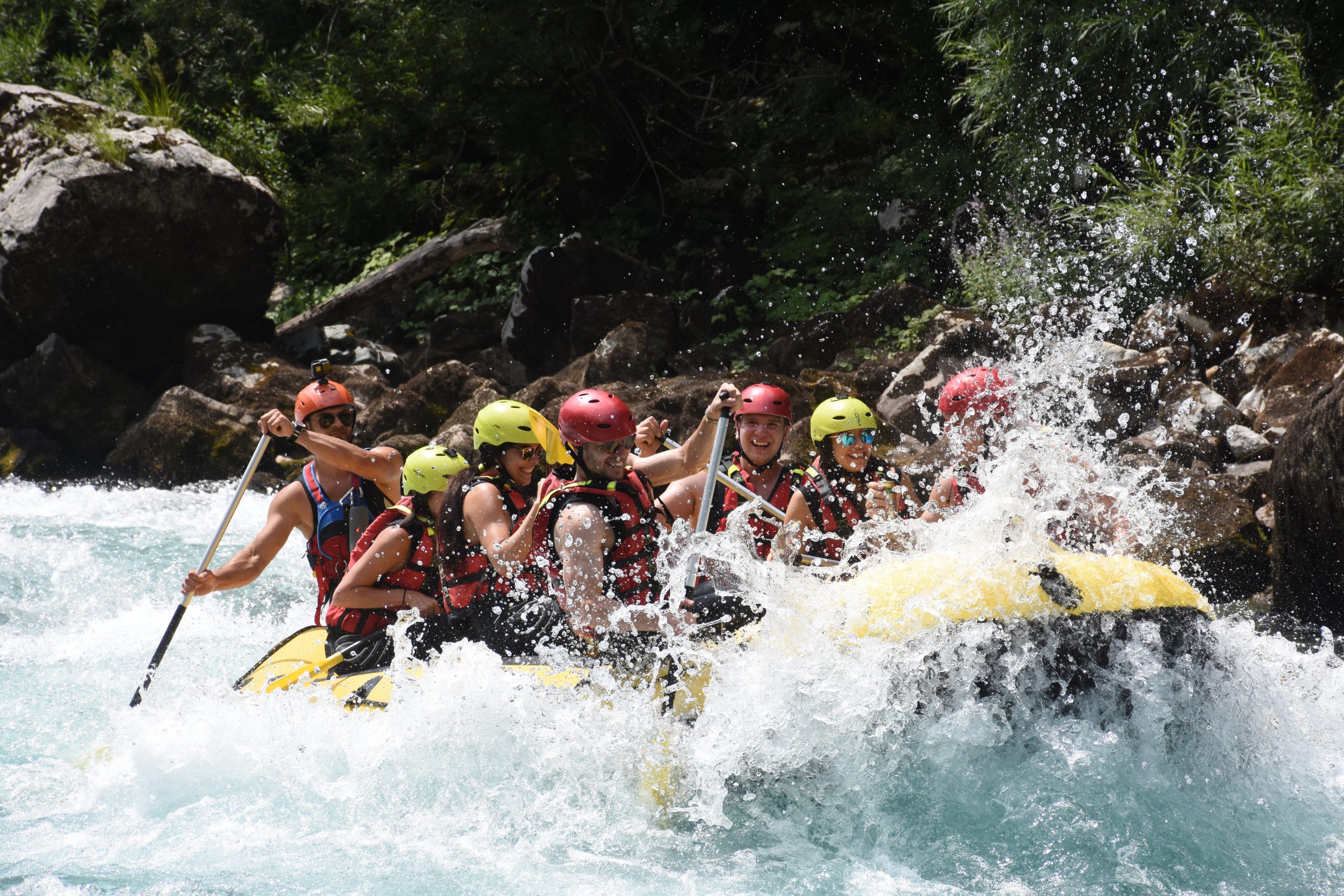
Set amidst the greenery of the town centre, the two most beautiful religious buildings in Foča sit on the right bank of the Ćehotina River. The imposing Saint Sava Temple is one of the largest church buildings of the Serbian Orthodox Church in Republika Srpska. The Aladža Mosque, one of the most gorgeous mosques in Bosnia and Herzegovina, is located nearby. Constructed by Hasan Nezir nearly 500 years ago, the mosque is deemed an Islamic architecture masterpiece.
Perućica, a protected nature reserve, is the most valuable pearl among the natural treasures hidden in the Sutjeska National Park. It is one of the last preserved primeval forests in Europe. Skakavac, a 75-metre waterfall located in the heart of Perućica, is on UNESCO’s Tentative List.
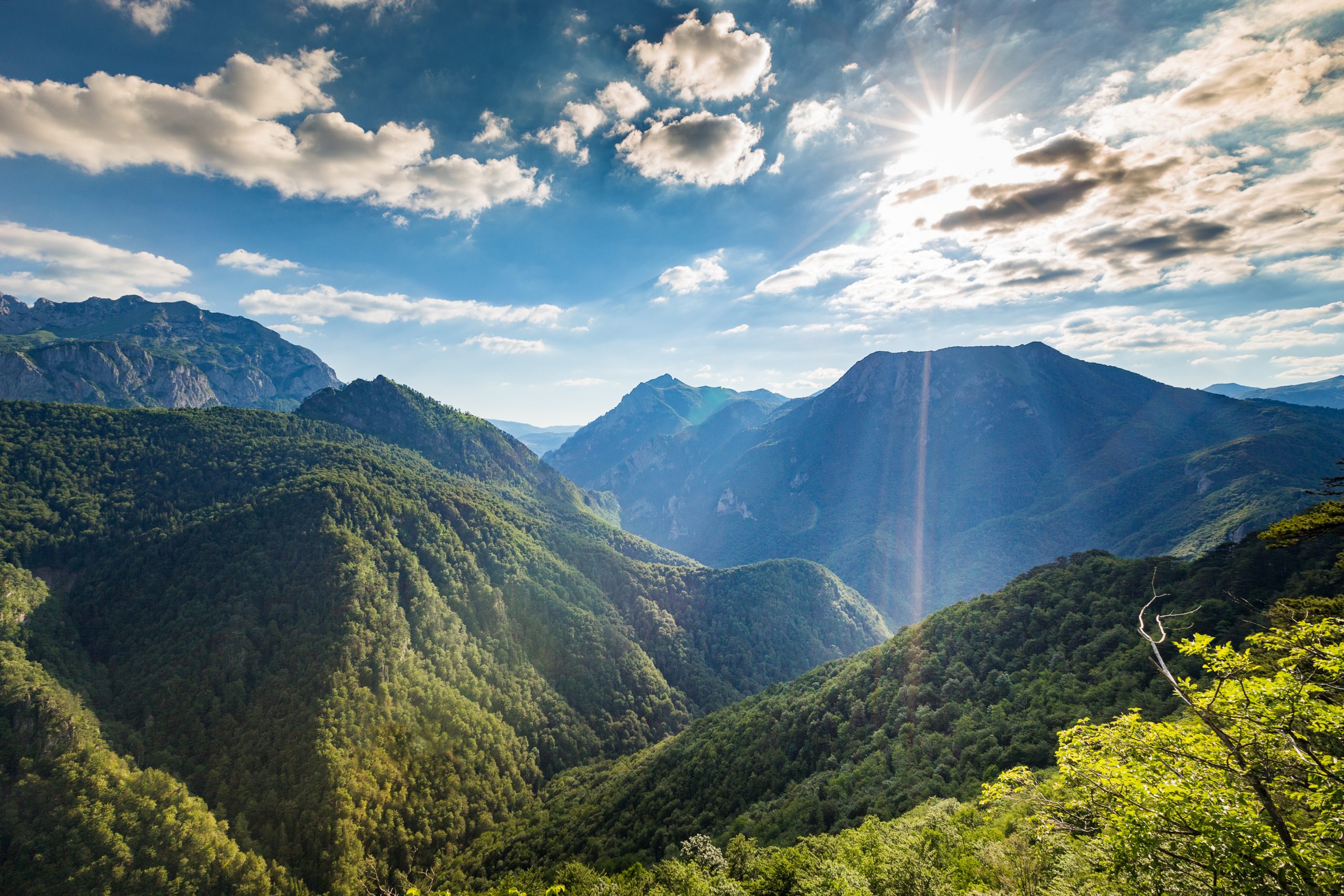
The highest peak in B&H (2,386 m) is situated right here. Surrounded by the Sutjeska River in the west and Mount Volujak in the south-west, Mount Maglić was made of Permian rock, Mesozoic limestone, diabase and malafir, and glacial traces are also seen.
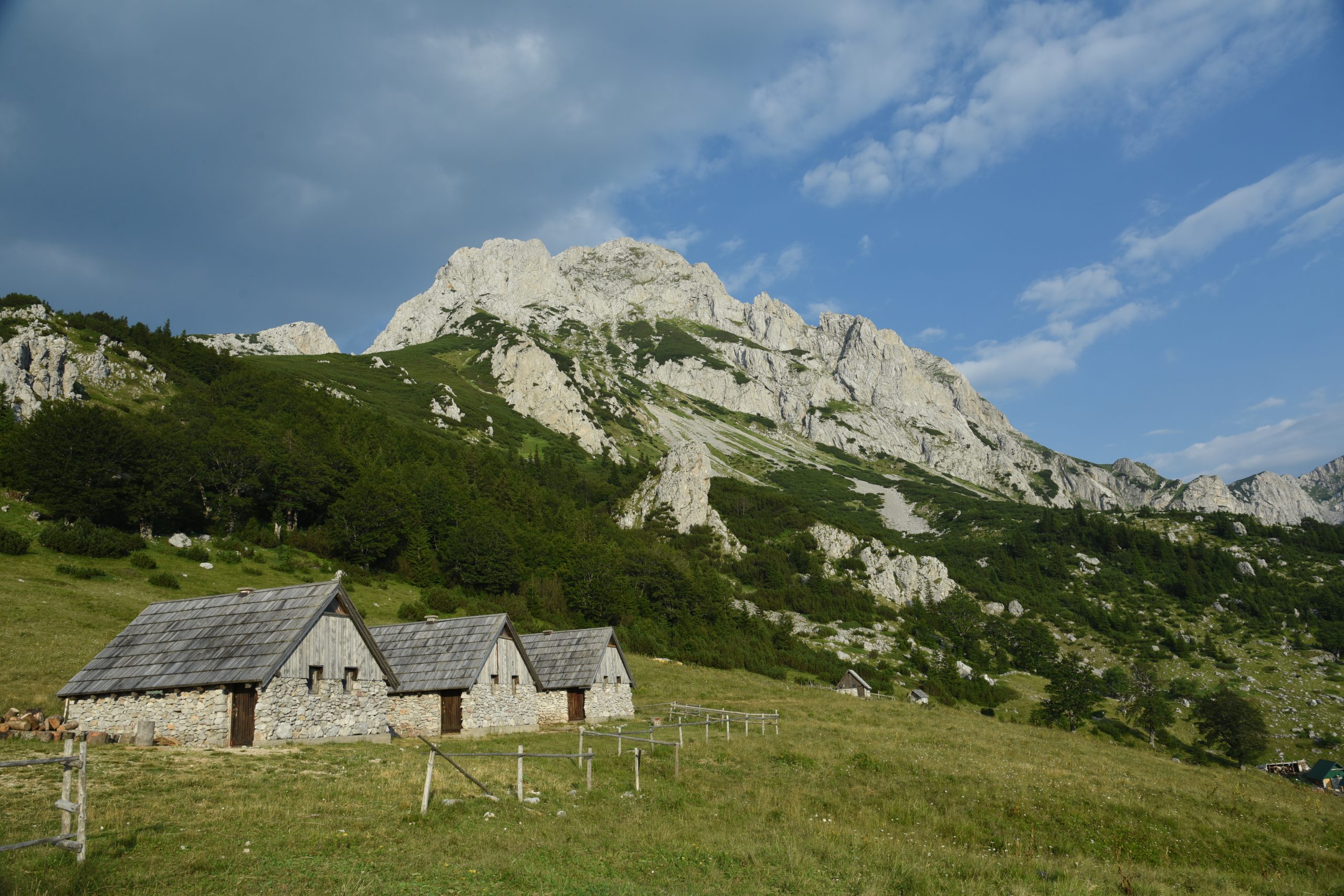
The Valley of Heroes is a memorial complex in Tjentište which is situated in the Sutjeska National Park. The monument, dedicated to the Sutjeska Battle which took place on 15-16 of June 1943, was unveiled in 1971. Those who appreciate the People’s Liberation Struggle can visit the grandiose complex which includes the central monument of the Sutjeska Battle—the work of Miodrag Živković, the Museum and the Memorial House of the Sutjeska Battle—the architectural masterpiece by Ranko Radović featuring 13 frescoes painted by Krsto Hegedušić.
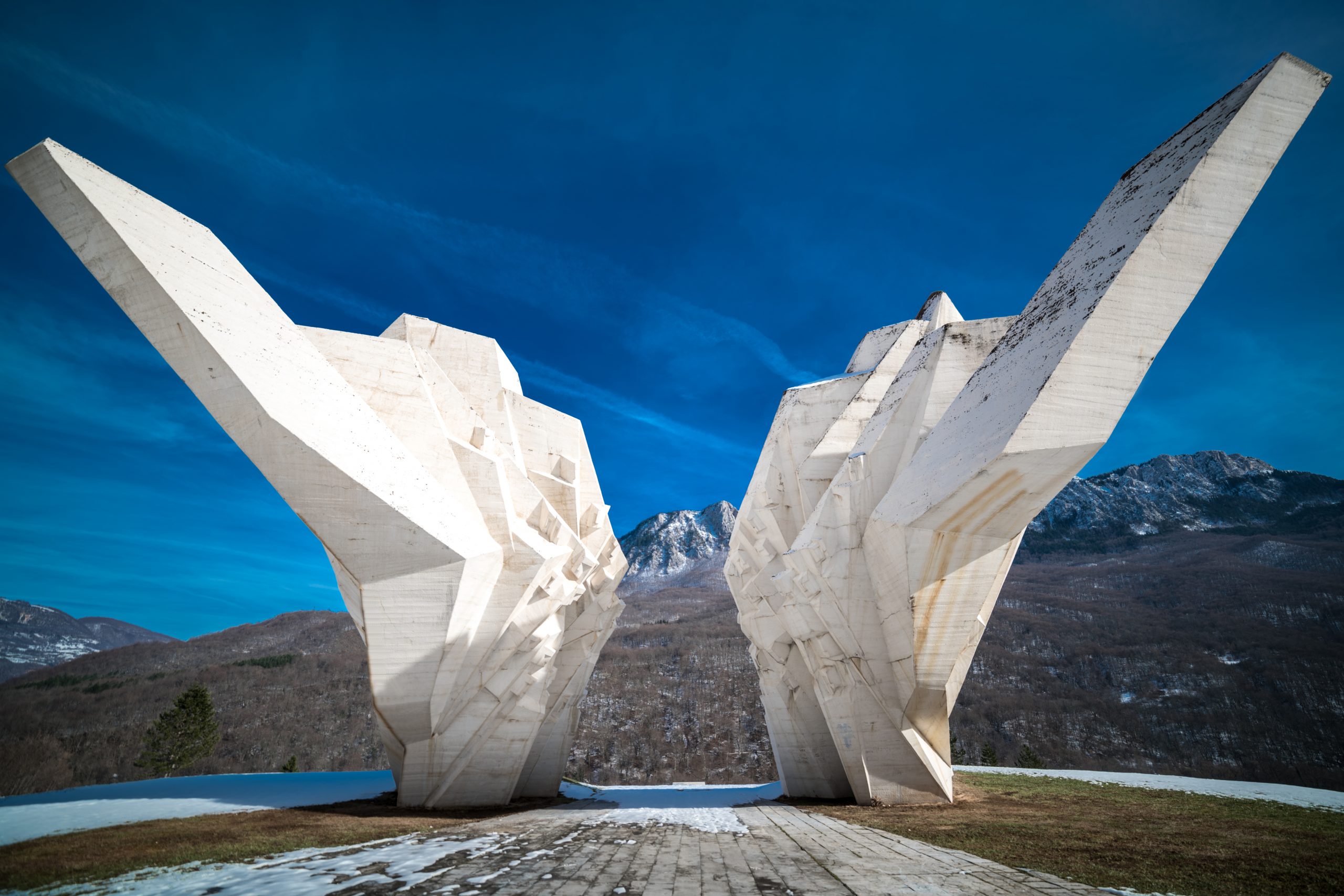
Foča is home to interesting events throughout the year. If you happen to be in Foča in the summer, you can attend the event commemorating the Sutjeska Battle or climb Mount Maglić on St. Vitus Day. The highlight of the summer programmes is the widely popular OK Fest held in June in Tjentište. During the summer, Foča hosts the “Football Friends” sports competition, a rally race, as well as Drina Adventure, Gastro Fest and Blueberry Days events.
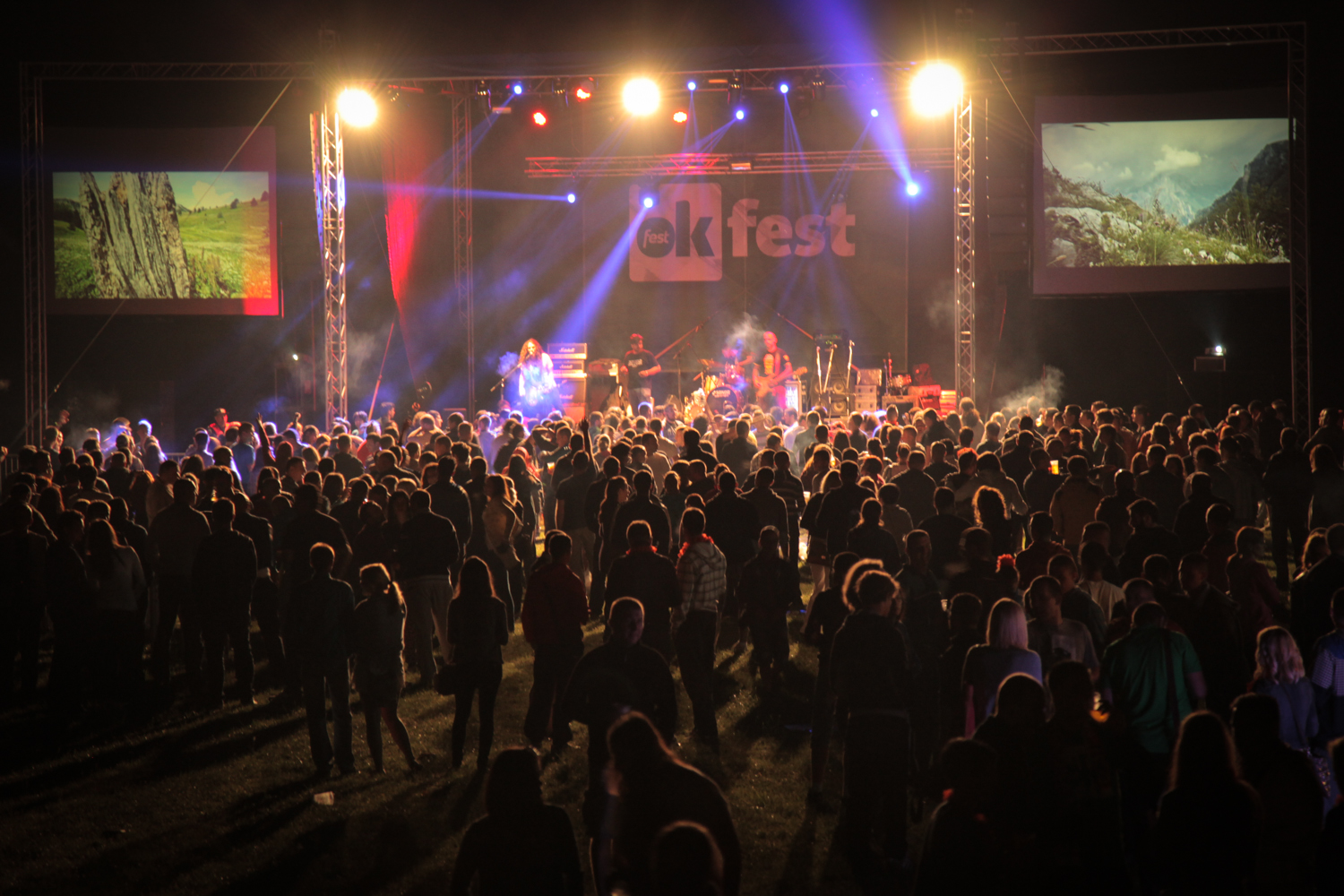
The people of Foča take pride in the town’s culinary offer. Restaurants have a wide range of delicious local dishes. The most popular ones are various types of fish dishes, dishes made using sač (a large metal lid like a shallow bell with which food to be baked is covered, and over which ashes and live coals are placed), lamb roast, and drinski splav. Several types of local cheese and drinks are also on restaurant menus. Various gifts of nature—blueberries and several kinds of tea—are also available. Visitors are invited to try out all of these food items at the Gastro Fest event that has been held in July every year for more than a decade.
